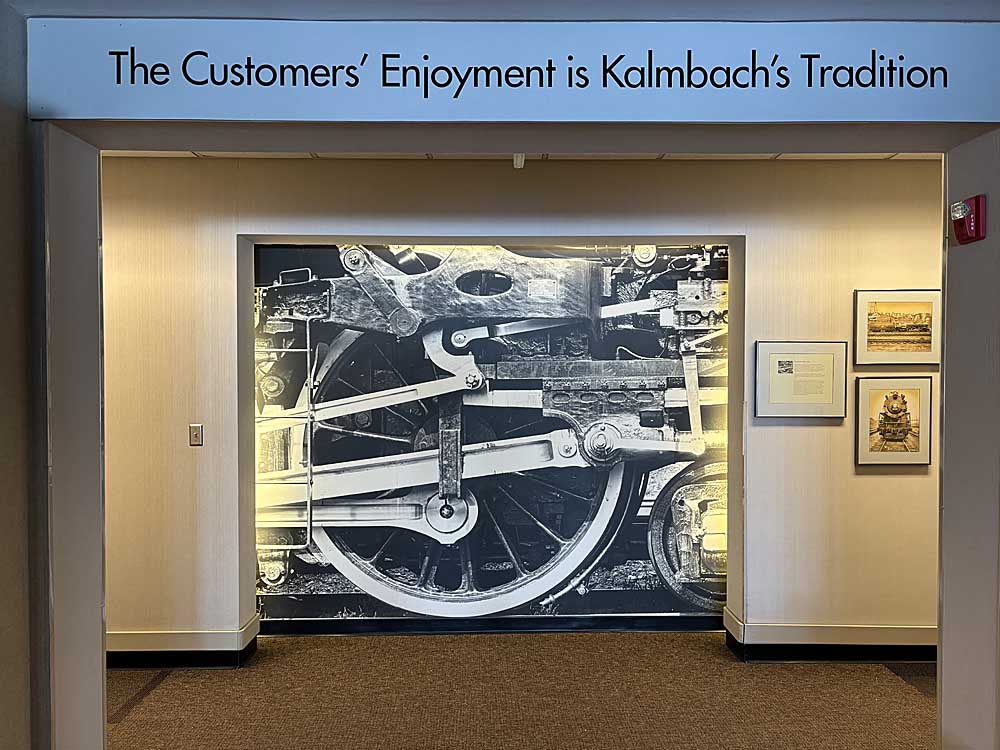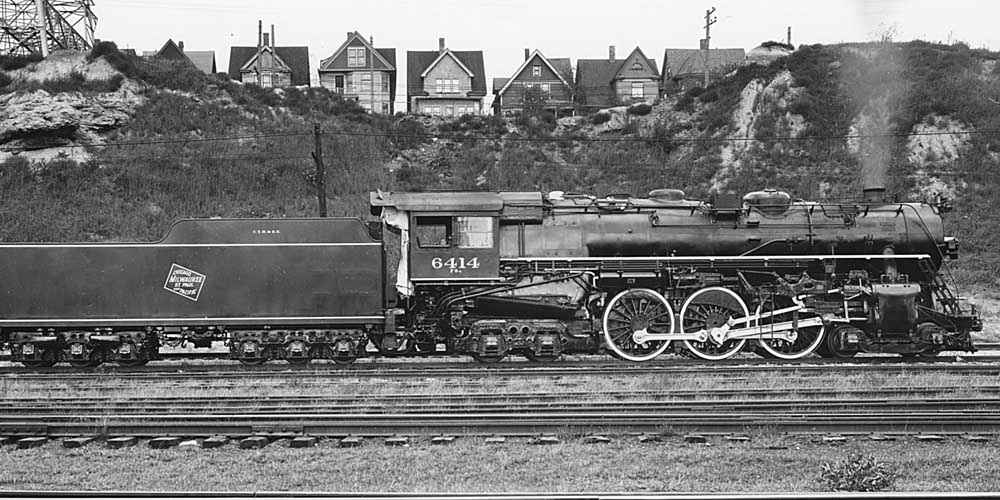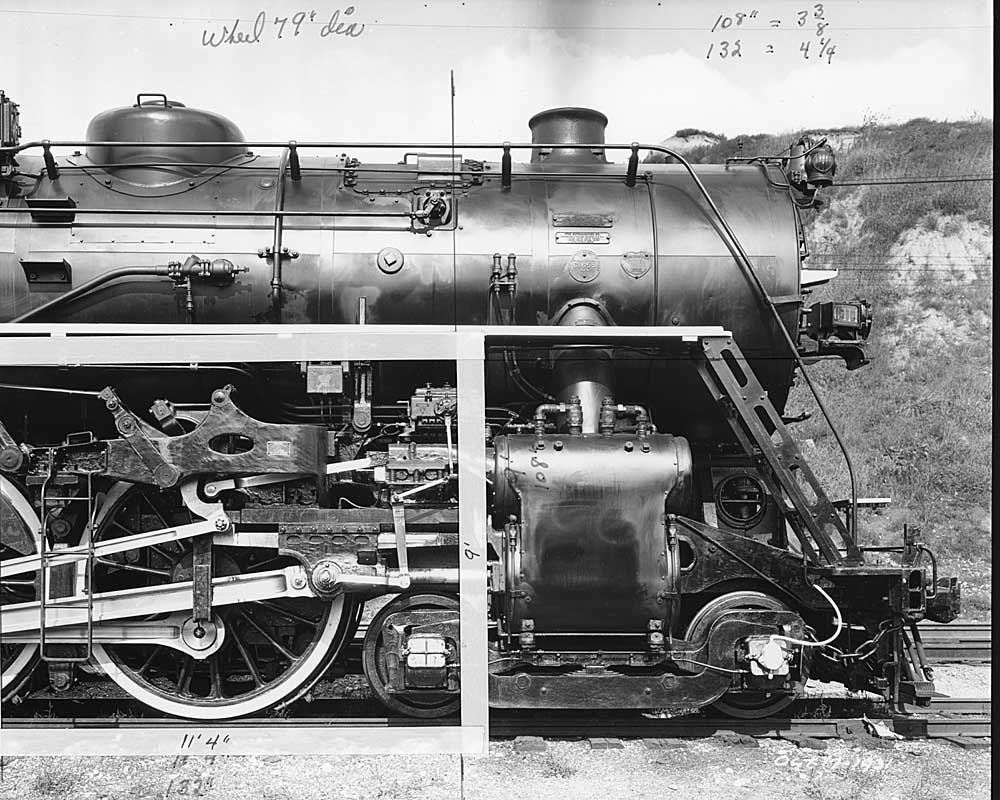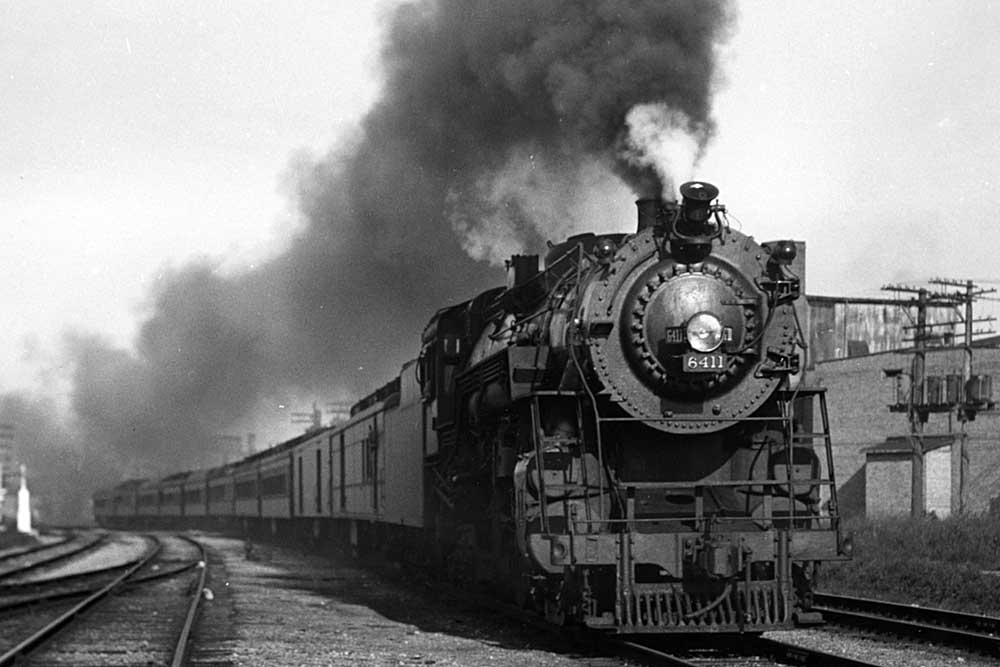
If you’re reading this, you’re undoubtedly aware of what’s been going on with Kalmbach Media, and how it has sold most of its magazine titles, including Trains and Classic Trains, to Chattanooga-based Firecrown Media. Concurrently, Kalmbach has decided to liquidate over the next couple of months, bringing an end to approximately 90 years of continuous publishing in and around Milwaukee.
For me, a 31-year veteran of the company, this entire process been a whipsaw of emotions. Of course, I’m pleased that the company’s railroad titles — including Trains, Classic Trains, Model Railroader and Classic Toy Trains — have found a new owner, one who promises big improvements. But I’m also melancholy, knowing that this proud old company is going the way of Penn Station, the Ophir Trestles, the Panama Limited, and a million other lost causes.
I’ll miss our building, which for nearly 40 years housed a group of extraordinarily creative people. As I write this, Kalmbach — excuse me, Firecrown — employees are cleaning out the building for the new owners, a beverage container company named Silgan. They move in soon.
The building at 21027 Crossroads Circle — located in the Town of Brookfield, post office address of Waukesha — is a rather typical suburban office building: sleek, efficient, a bit bland, but much more comfortable than the digs most magazine editors have to endure. Until now, it also has had one heck of a lobby, thanks to a huge mural at the end of the front corridor. If you’ve ever visited, you came away impressed.
I’m talking, of course, about the full-size, 1-to-1-scale photograph of the lead 80-inch driving wheel of Milwaukee Road 4-6-4 No. 6414, occupying what would otherwise be a blank wall measuring approximately 11 by 10 feet. It was so big, a visitor might have concluded the big engine was parked out back, under steam, ready to depart for Watertown with the Afternoon Hi at a moment’s notice.
The mural was the brainchild of George A. Gloff, Kalmbach’s longtime corporate art director. Like so many Kalmbachers of his era, George was multi-talented — company executive, graphic designer, fine-art painter, expert mapmaker — and when the company decided in 1988 to move to Waukesha from its creaky, beloved offices in downtown Milwaukee, it put George in charge of interior design. Once he spotted that blank wall, facing the main doors, he knew what to do.

To fill the space, George made a wise choice. He understood the 6414’s place in Milwaukee Road history, as well as the railroad’s status as founder Al Kalmbach’s favorite. Gloff could recite chapter and verse about how these Super Power-style machines lifted the railroad up from its 4-6-2 and 4-8-2 roots and set the stage for the creation of the Hiawatha fleet of passenger trains. Baldwin built 22 of these beauties 1930-31, in classes F6 and F6a, with only minor differences between the two; the Milwaukee Road called them “Baltics,” never “Hudsons.”
The 6414 could haul. Sister engine No. 6402 proved it on July 20, 1934, during a test run between Chicago and Milwaukee, during which the engine reeled off the 85 miles in 67 minutes, 37 seconds, including a sustained 89.89 mph between Chicago’s Mayfair junction and the south- Milwaukee location known as Lake. At times, the engineer coaxed 103.5 mph out of the engine.
The performance proved the efficacy of the railroad’s plan for the Hiawathas, unveiled just a year later in 1935. As renowned Milwaukee author Jim Scribbins concluded, “The eventual Hiawatha timing was 75 minutes for this journey, and the Hiawatha timing was possibly the fastest schedule train in the world in the 1930s.” Clearly, Gloff wanted that legacy reflected in Kalmbach’s new lobby.
George had other criteria for the mural: He needed a razor-sharp photograph for such a large blowup and the library had several official portraits, likely shot with an 8×10 view camera. He needed lots of detail in the lead driver and valve gear. He needed an absence of shadows. And he wanted the photo to have been taken in Milwaukee.

He found it in the print shown here, a beautiful side-on, rods-down photograph made in October 1931 near the Milwaukee’s Road’s roundhouses below the 35th Street viaduct, part of the railroad’s Menomonee Valley shops complex. In the accompanying photo, you can see how Gloff found a second view of 6414 — a close-up 8×10 of the front end — and used white graphic tape to crop the image for the production house he hired to print the mural.
A personal note: during the production of the mural, Gloff asked a still somewhat green Trains associate editor — me — to write the legend that would be framed and placed next to the mural. I’m proud to say this brief bit of framed text lasted right up ’til the end.
An interesting side note: Why didn’t Gloff pick one of the Milwaukee’s far more famous 4-6-4s, the F7-class of 1938, known for their bold Otto Kuhler streamlining, their dash of orange and maroon, and other upgrades such as roller bearings, 84-inch disc drivers, and an all-weather cab? My guess is George simply was a traditionalist, more enamored of the 6414’s older, classical lines.
Perhaps it’s good George Gloff isn’t around to witness the fate of the mural, let alone the whole building. George died in 2012 at age 80, still a true believer in the company’s mission, especially when it came to railroading. Over the years, he embraced Kalmbach’s expansion into magazines dedicated to astronomy, jewelry-making, model building, birdwatching, and other pursuits. But deep down, I think he wanted to remind anyone coming in those doors that this place was, first and foremost, a place for trains.











A job done well, thank you.
I believe a comment by Queen Elizabeth II is fitting for this time and place with the loss of Kalmbach, “grief is the price we pay for love” whether love of country of horses or trains, her words ring true. It is good to have great memories!
Hopefully this finds its way to your new home somehow…
OH MY! This was certainly a bittersweet endeavor to pursue, Kevin. The winds of change leave us only memories.